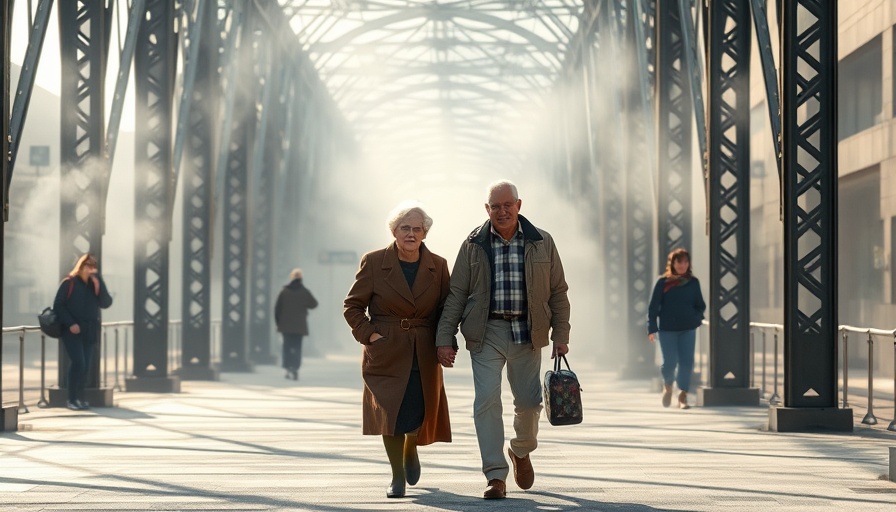
The Destruction of a Landmark
The recent wildfires that have swept through the Grand Canyon's North Rim have devastated not just the landscape, but also the historic Grand Canyon Lodge. Consumed by flames, this lodge, which was unique to the area and provided a gateway for many visitors, served a critical role in the community and tourism alike. The loss of the lodge, built to offer stunning views and a taste of nature's embrace, reflects a larger narrative about the impacts of climate change and the increasing intensity of wildfires.
Understanding the Fires
Two wildfires, the White Sage fire and the Dragon Bravo fire, have affected over 45,000 acres, marking a challenging chapter for the region. What began as a controlled burn escalated due to dry weather and lightning strikes, highlighting how quickly natural events can spiral out of control. The Dragon Bravo fire, in particular, directly impacted the lodge, leading to significant infrastructure loss that will affect not only visitor access this season but likely for seasons to come.
The Impact on Local Communities
The destruction of the Grand Canyon Lodge means more than losing a building; it symbolizes a disruption of community. Residents have been evacuated, and there's concern over public safety, especially after the chlorine gas release from the burning water treatment plant. Such changes can hinder community gatherings and tourism, which are vital for local economies.
Safety First: The Evacuations
In light of the fires, Coconino County's sheriff's office evacuated the region, emphasizing that safety is paramount. This precaution ensures that not only residents but visitors too, remain unharmed. However, the regional impact complicates everyday life—forcing residents to adapt to temporary displacements.
A Closer Look at the Historical Significance
The Grand Canyon Lodge stood as a hallmark of the North Rim, known for its striking architecture that echoed the grandeur of the canyon itself. Its rustic charm attracted visitors eager to experience the raw beauty of the Grand Canyon. With its closure, we lose not just a structure but a connection to the area's history—a space known for its warmth where hikers and explorers would recount tales of adventure.
The Path Forward: Resilience and Recovery
Though the lodge is lost, the story doesn’t end there. Recovery means reimagining how communities interact with such natural wonders. Could this event inspire more sustainable practices that mitigate fire risks in future? Reflecting upon this disaster, it becomes evident that long-term strategies must evolve alongside the changing climate.
Key Takeaways for Local Property Investors
Homebuyers and property investors should keep a keen eye on how such natural disasters affect property values, particularly in areas prone to wildfires. Preservation efforts and rebuilding plans post-disaster can influence the market positively. It’s essential to consider how ecosystems and built environments can coexist more sustainably.
Your Role: Stay Informed and Engage
As the community navigates through this trying time, staying informed about recovery efforts is crucial. Engaging in local discussions, investing in properties that promote sustainability, and supporting local businesses will help bolster the community spirit that thrives around natural landmarks.
In moments like these, taking action might feel daunting, but it's crucial. By supporting initiatives aimed at disaster recovery and community rebuilding, you can be part of a solution that not just restores what was lost but also enhances the future possibilities.
 Add Row
Add Row  Add
Add 





 Add Row
Add Row  Add
Add 








Write A Comment